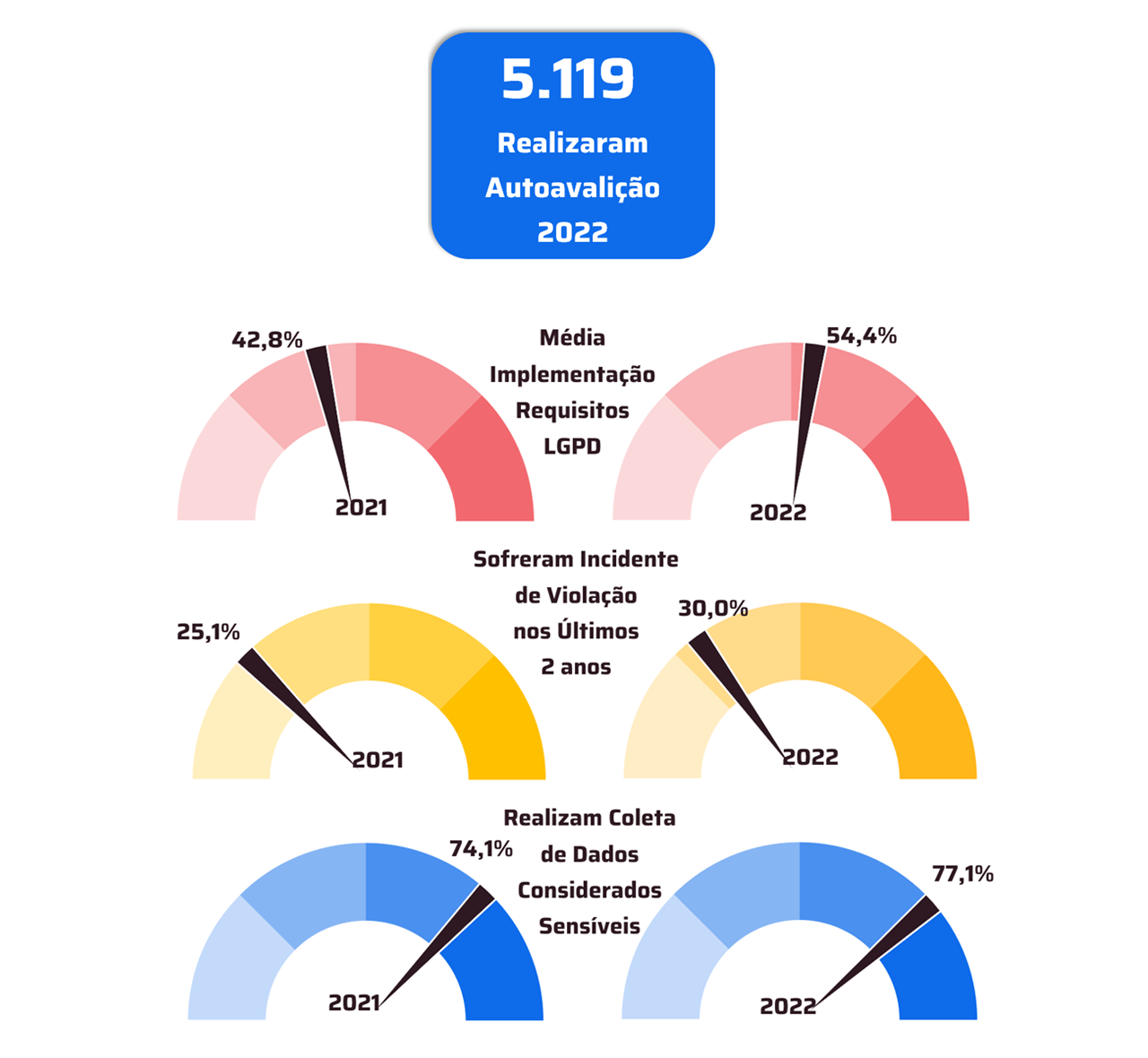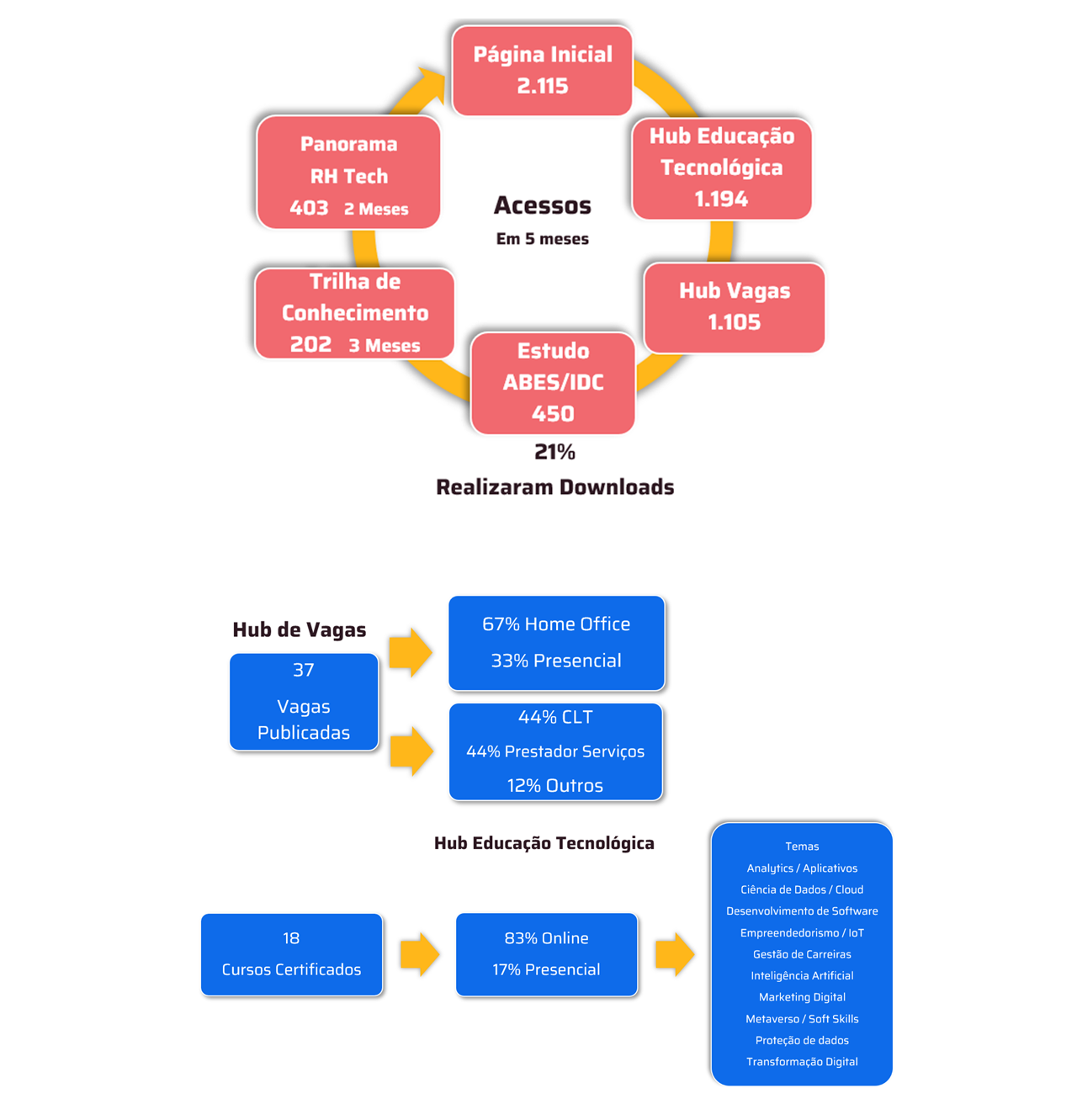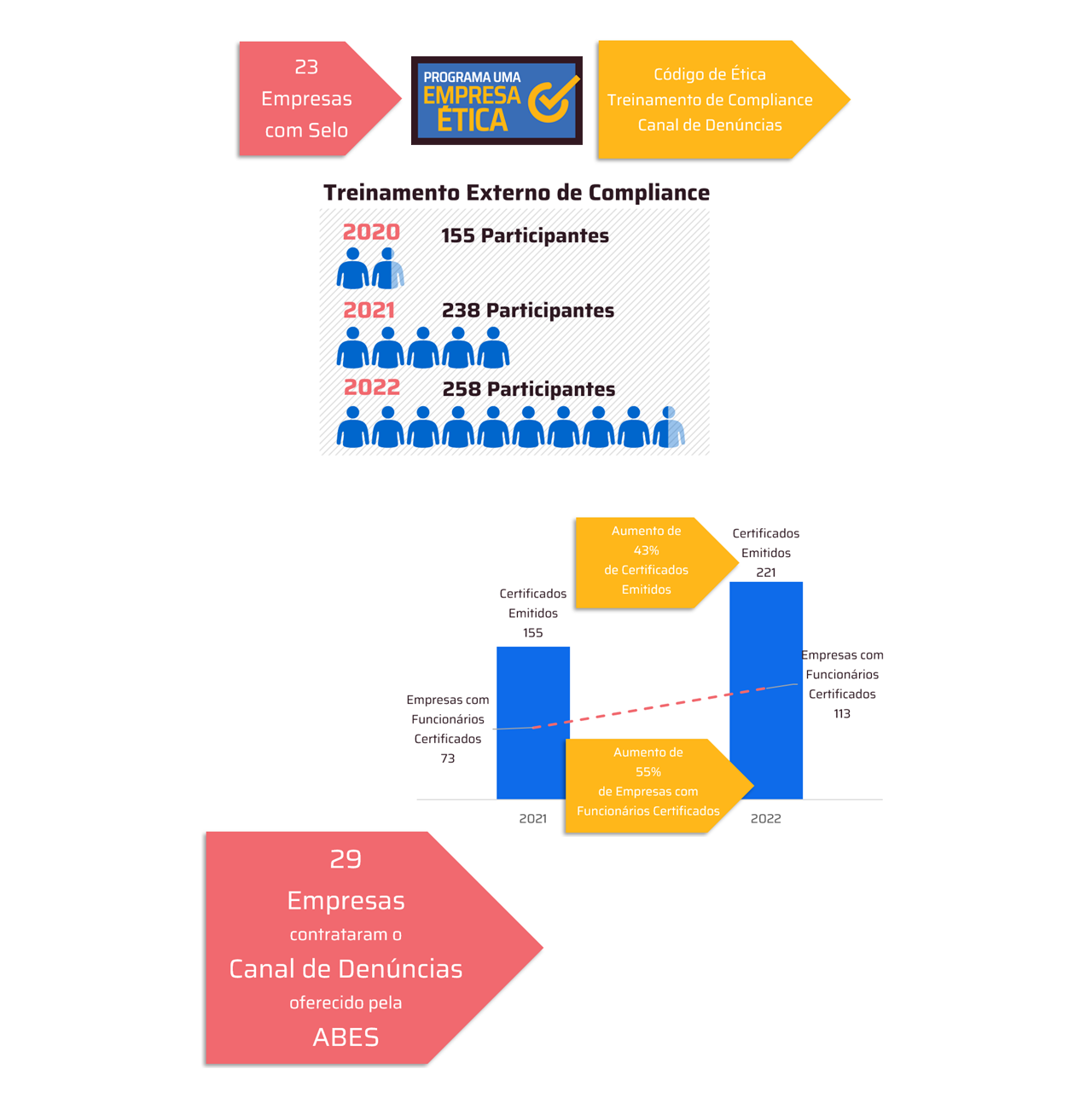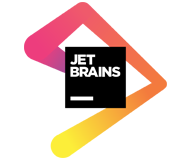Technology that combines automation with decision-making is transforming sectors such as government, healthcare, and finance with operational improvements, enhanced experience, and cost reductions.

Artificial intelligence has reached a new level. While AI systems were previously limited to responding to commands or generating content on demand, they are now gaining more autonomy and learning to act, literally. AI agents (also called Agentic AI) are advancing rapidly, defining the next frontier of this technology by combining greater data synthesis power and enhanced decision-making capabilities, task execution, and interaction with multiple tools with minimal human intervention.
Focused on goal-oriented behavior, AI agents perform tasks based on a list of steps they execute autonomously. "AI agents are helping to break down the barrier between interaction and execution. With them, we not only automate processes but also expand the cognitive capacity of organizations. Agents are highly capable of connecting to existing applications, accelerating innovation," says Gilson Magalhães, vice president and general manager for Latin America at Red Hat.
From prompt to action
AI agents can help organizations just starting to explore generative AI identify measurable benefits for their businesses. If Generative AI prioritizes creation, while AI agents focus on action. Generative AI creates new content using deep learning techniques, while agents' intent is to create a system focused on autonomous, self-directed actions, guided by control mechanisms without explicit instructions.
For example, an AI agent can create its own additional prompts and results based on the information it has access to. “Before, the AI "It used to just respond. Now, it acts. This goal-oriented behavior is boosting productivity and enabling faster, more informed decision-making," says Victoria Martinez, Red Hat's artificial intelligence manager for Latin America.
At the end of last year, the Gartner named Agentic AI as one of the top technology trends for 2025, placing it as the number one strategy for IT leaders who want to shape the future with responsible innovation. According to the company, by 2028, 33% of applications of enterprise software will include Agentic AI, enabling 15% of day-to-day work decisions to be made autonomously.
But why are these agents attracting so much market attention? The answer lies in the numerous benefits they can bring. According to one PwC study, this technology can significantly increase an organization's competitive advantage by automating complex workflows, reducing operational costs, and improving decision-making processes. Designed to adapt to a constantly changing business environment, it boosts productivity and predicts customer trends and preferences, allowing companies to proactively adapt their strategies.
AI agents can be used in a variety of situations. In business operations, they can help manage supply chains, detect bottlenecks, recalculate logistics routes, and adjust processes. In healthcare, they enable interaction with patients, develop treatment plans, reduce response times, and lower operational costs, while maintaining personalized care. "In financial operations, they can automatically reallocate funds based on predicted liquidity shortfalls, accelerating business decision-making. They're even relevant in cybersecurity, where they can monitor network traffic, detect problems, and respond to threats in real time," says Sandra Vaz, Country Manager at Red Hat Brazil.
Autonomy with responsibility
However, for organizations looking to make critical decisions based on privileged data and enable intelligent agents to execute operations autonomously, having the right infrastructure is essential. "To fully leverage an Agentic AI solution, especially when data is distributed across on-premises and cloud environments, a hybrid AI platform is required. This architecture not only ensures control and security of sensitive data, but also enables the interoperability and autonomy necessary for agents to act effectively and in real time," explains María Bracho, CTO of Red Hat for Latin America.
It is precisely in this context that Red Hat comes in. With its open source solutions, the company has invested in Red Hat AI, a portfolio of products and services designed to accelerate the development and deployment of artificial intelligence solutions in the hybrid cloud. Red Hat AI offers an enterprise-class platform for model training and inference, delivering increased efficiency, a simplified experience, and the flexibility to deploy anywhere in the hybrid cloud.
"This platform includes Red Hat Enterprise Linux® AI, which can be used to fine-tune the LLMs and SLMs required for agent workflows. It also includes Red Hat OpenShift® AI, a unified platform where applications, models, and agents can work in harmony. Furthermore, the adaptive learning and reasoning used by AI agents can be controlled through OpenShift's MLOps capabilities," explains the executive.
Red Hat AI also helps organizations develop frameworks to create workflows and scale AI agents. But this requires that inference be performed efficiently, safely, and responsibly.
Inference as the engine of execution
THE inference This is the operational phase of AI, in which the model can apply what it learned during training, generating results or making decisions based on new data. This inference ability helps with practical, everyday tasks, such as comparing patient histories in healthcare, increasing the safety of self-driving cars, or detecting fraud in financial systems. In Agentic AI, it plays a fundamental role, as agents need to be well-trained to function efficiently.
However, there are significant challenges along this journey: running AI inferences requires scale, resources, and costs. In this sense, the use of tools like vLLM—an inference server that accelerates the production of generative AI applications—has been crucial.
vLLM is an open-source library that helps LLM models perform calculations more efficiently. Capable of processing large volumes of data with fewer computational resources, vLLM helps enable scalable and secure applications. "With vLLM, we can increase speed and reduce inference costs, which is essential for AI agents. Furthermore, the open-source approach ensures transparency and constant innovation," notes Victoria Martinez.
Real impact, tangible transformation
From government agencies to multinational corporations, AI agents are already reshaping processes, delivering faster responses, making data-driven decisions, and transforming the user experience. According to Gartner projections, by 2029, Agentic AI will be responsible for solving 80% of the problems common customer service processes without human intervention, reducing operating costs by 30%.
Agentic AI not only promises, but delivers productivity, efficiency, and competitive advantage. At the intersection of autonomous execution, AI inference, and open platforms, a new era of AI is emerging. artificial intelligence"The future of AI lies in the collaboration between intelligent agents, open infrastructures, and adaptive models. We are just beginning to explore its transformative potential," concludes Gilson Magalhães. And this definitely changes everything.
About Red Hat
THE Red Hat Red Hat, Inc. is a leader in open hybrid cloud technology, providing a trusted, consistent, and comprehensive foundation for transformative innovation in IT and artificial intelligence (AI) applications. Its portfolio of cloud, development, AI, Linux, and automation technologies enables the deployment of any application, anywhere, from the data center to the edge. As the world’s leading provider of enterprise open source software solutions, Red Hat invests in open ecosystems and communities to solve tomorrow’s IT challenges. Through collaboration, Red Hat helps customers and partners build, connect, automate, secure, and manage their IT environments, supported by consulting, training, and certification services. recognized worldwide.













